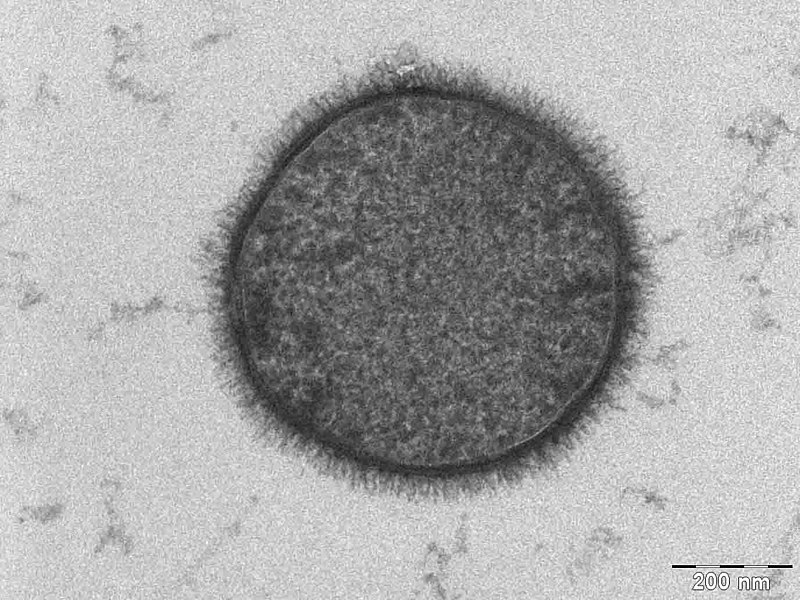
Further to “If DNA really rules, why did THIS happen?”, where human neurons, transplanted into a mouse, had a mouse morphology. They could be distinguished from the mouse ones only by their human genetic markers: A friend writes to mention that theoretical biologists have already begun to start treating such questions as cell shape without even mentioning DNA.
Now that could just be because they are pig-ignorant closet creationists. Or possibly it is because splintering the table about the importance of the selfish gene and “You ARE your DNA, moron!” are not going to help much.
Which account more closely matches reality might benefit from a glance at this preprint by Ariel Amir (Harvard) and Sven van Teeffelen (Institut Pasteur), just posted to arXiv.org, dealing with the specification of bacterial cell shape:
Abstract Rod-like bacteria maintain their cylindrical shapes with remarkable precision during growth. However, they are also capable to adapt their shapes to external forces and constraints, for example by growing into narrow or curved con nements. Despite being one of the simplest morphologies, we are still far from a full understanding of how shape is robustly regulated, and how bacteria obtain their near-perfect cylindrical shapes with excellent precision. However, recent experimental and theoretical findings suggest that cell-wall geometry and mechanical stress play important roles in regulating cell shape in rod-like bacteria. We review our current understanding of the cell wall architecture and the growth dynamics, and discuss possible candidates for regulatory cues of shape regulation in the absence or presence of external constraints. Finally, we suggest further future experimental and theoretical directions, which may help to shed light on this fundamental problem.
The paper (public access) concludes,
We are still far from unravelling the fundamental \engineering”challenges that biology has to overcome in shaping single cells as well as multi-cellular tissues. Yet the rapid development of new theoretical, computational and experimental techniques in these fields, combined with the recent fruitful collaborations between biologists, physicists and engineers, suggest a promising and exciting
future.
In short, we don’t know how even these single cells get their shape, and it doesn’t seem to be as simple as “from their DNA, moron!”
But here’s a clue: Tseng A, Levin M (2013) Cracking the bioelectric code: Probing endogenous ionic controls of pattern formation. Commun Integr Biol 6(1):e22595.
See also:
Jonathan Wells: Far from being all-powerful, DNA does not wholly determine biological form (Mutate a fruit fly embryo in every possible way, and observe only three possible outcomes: a normal fruit fly, a defective fruit fly, or a dead fruit fly.)
and
Jonathan Wells: We are far from a good theoretical model of organisms’ development (We are far from having a complete list of the components, as a matter of fact.)
Follow UD News at Twitter!